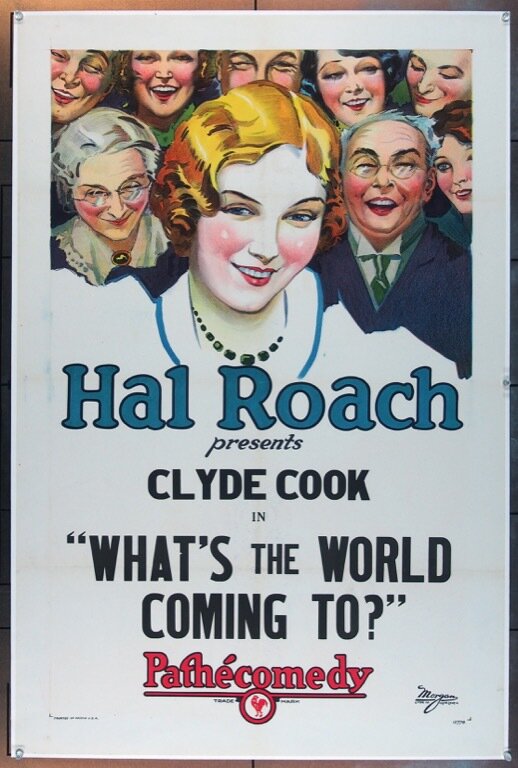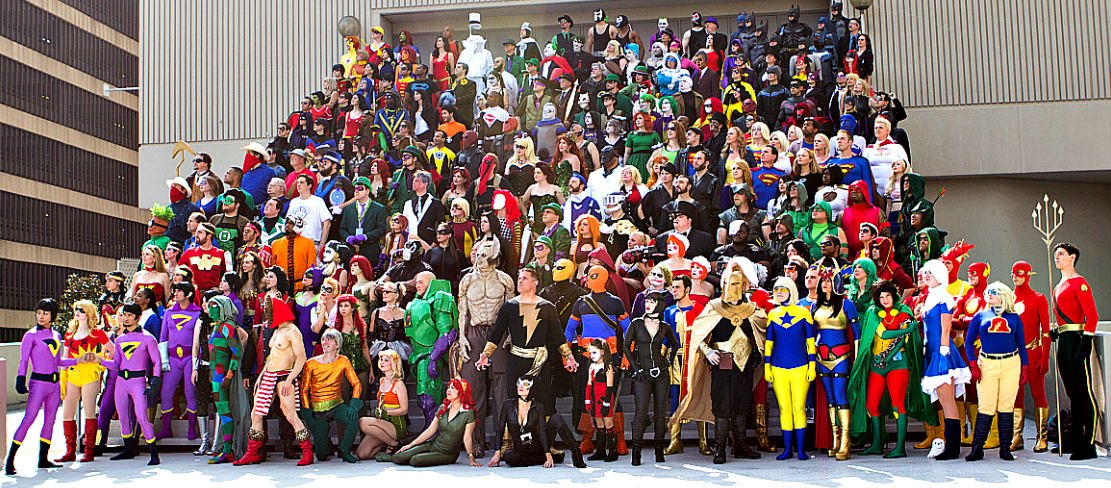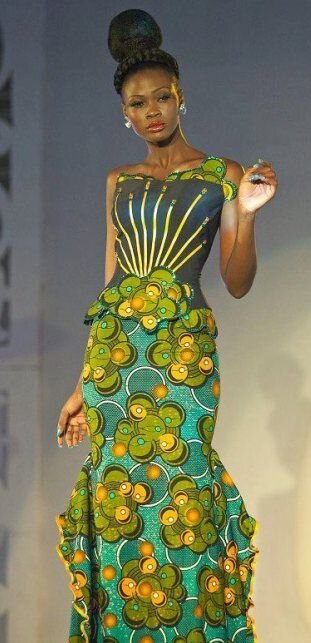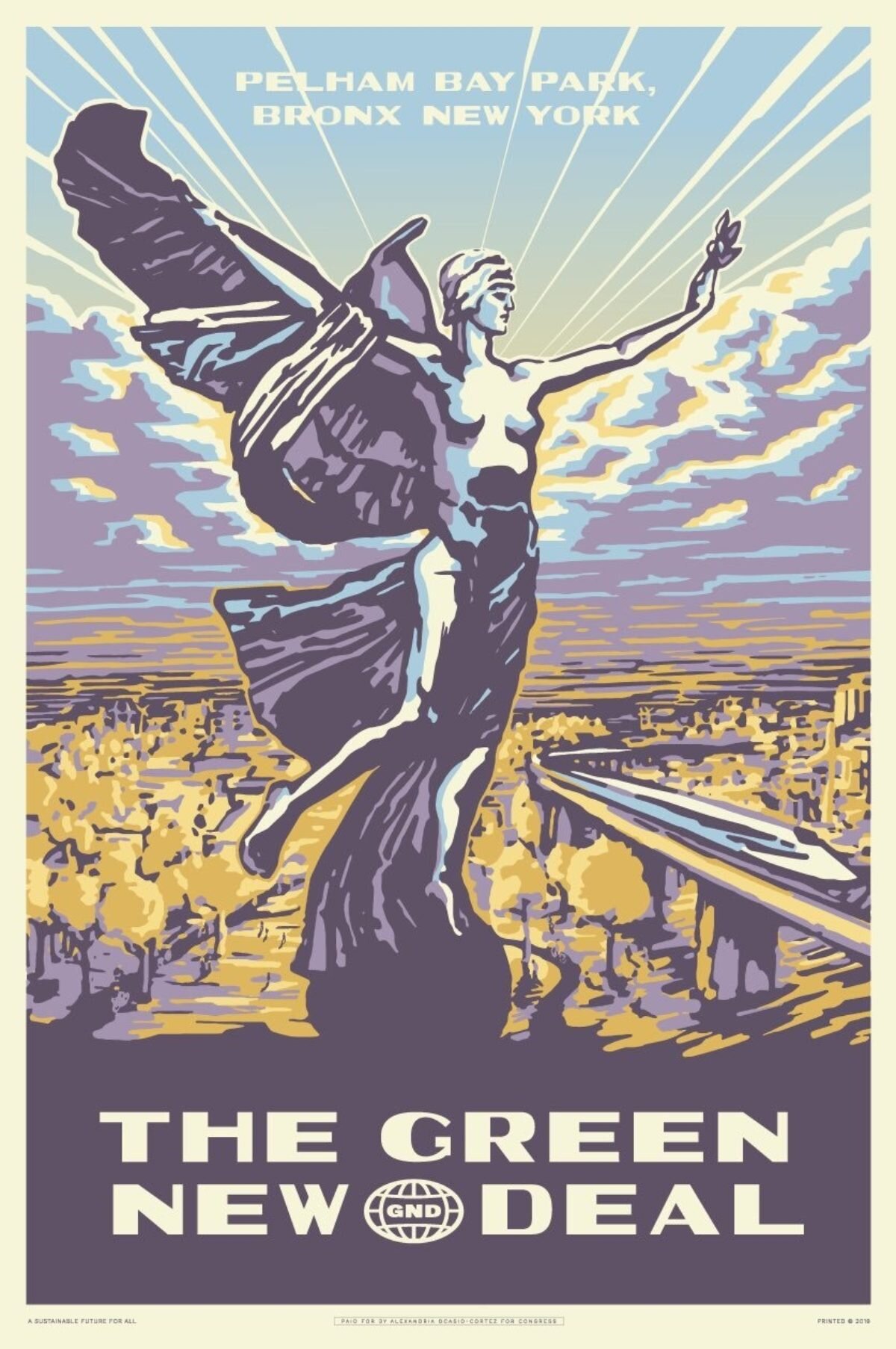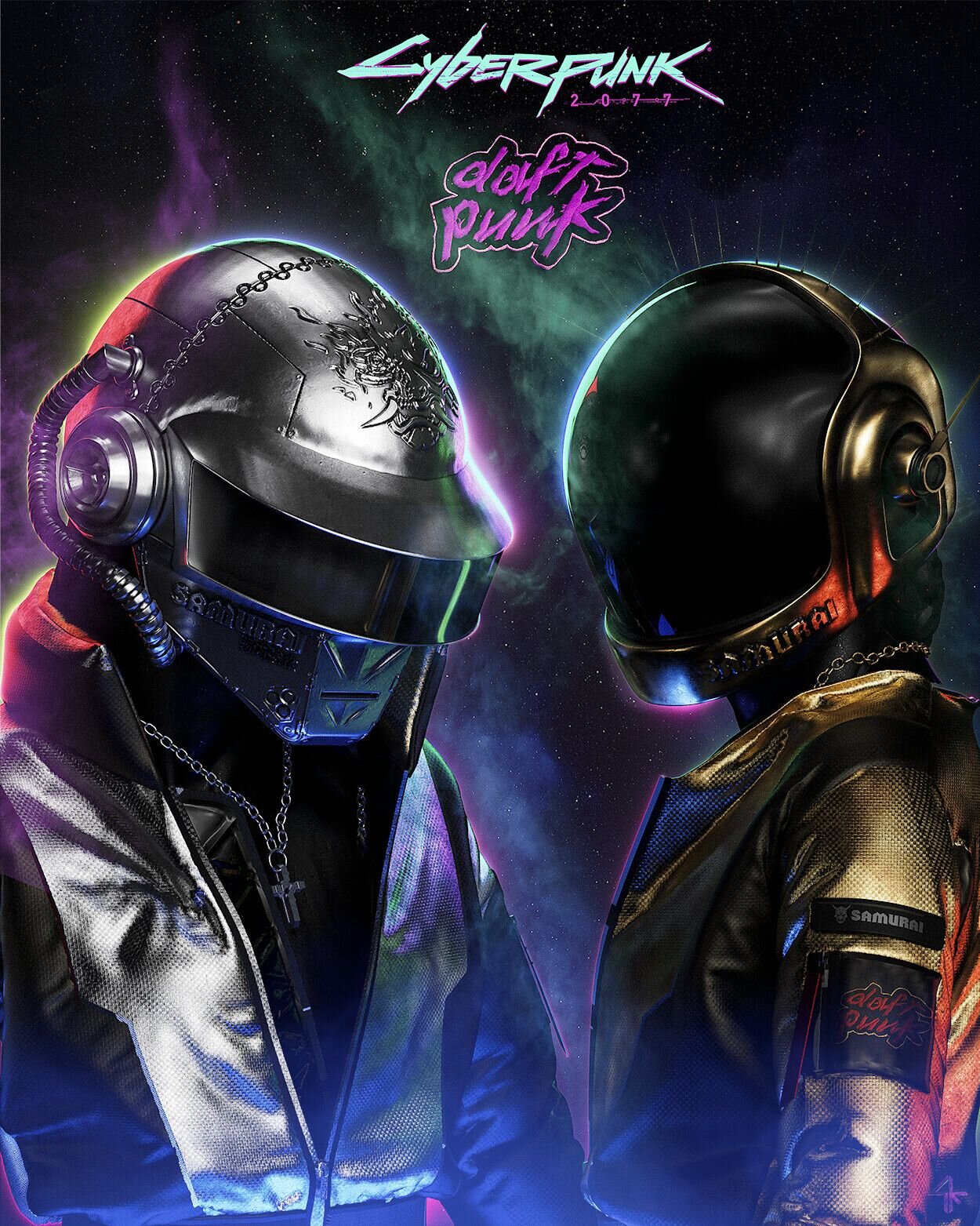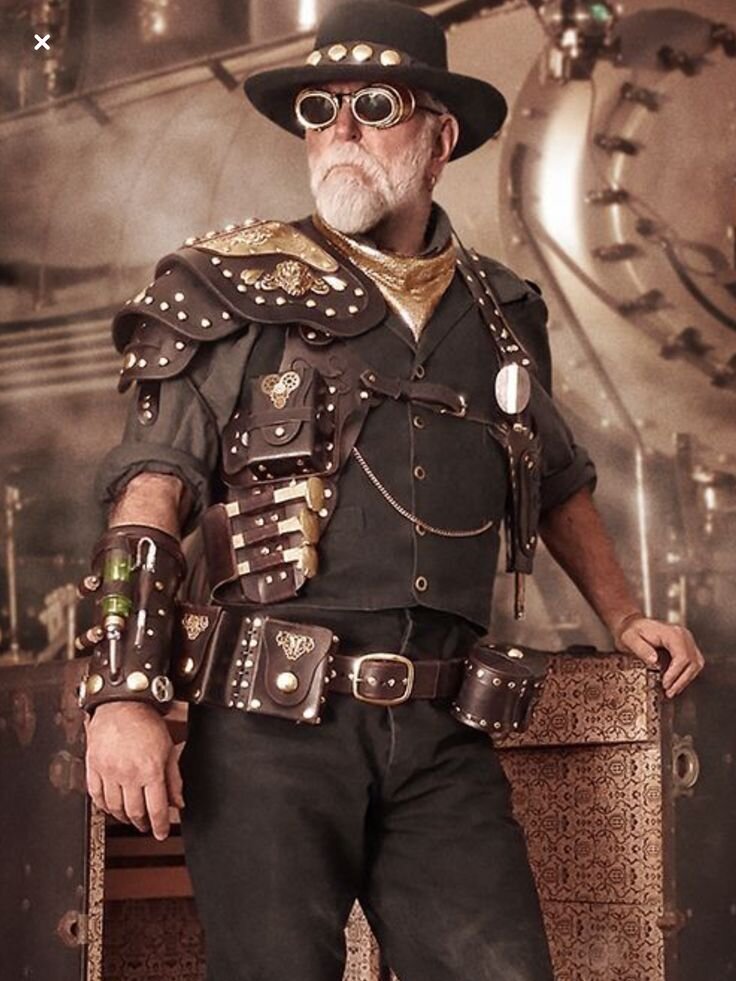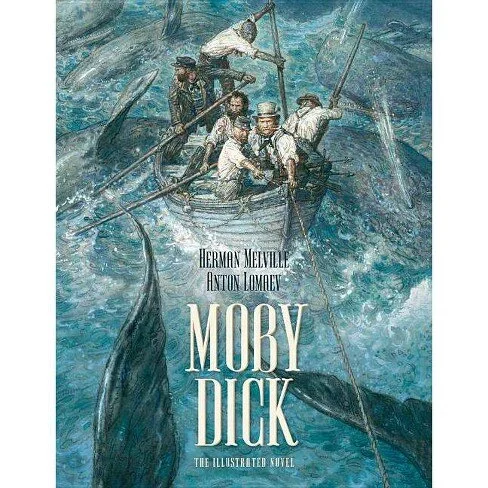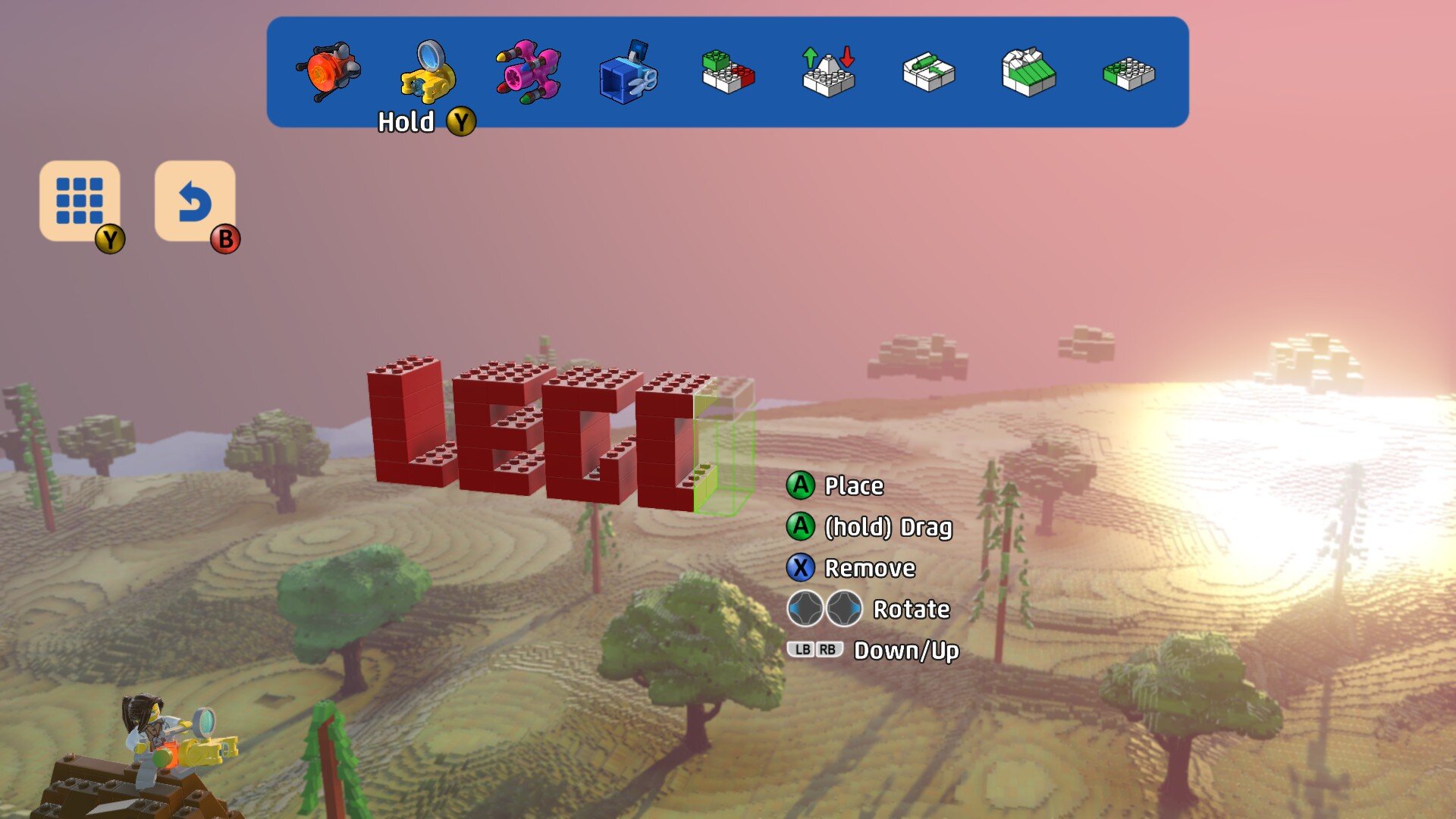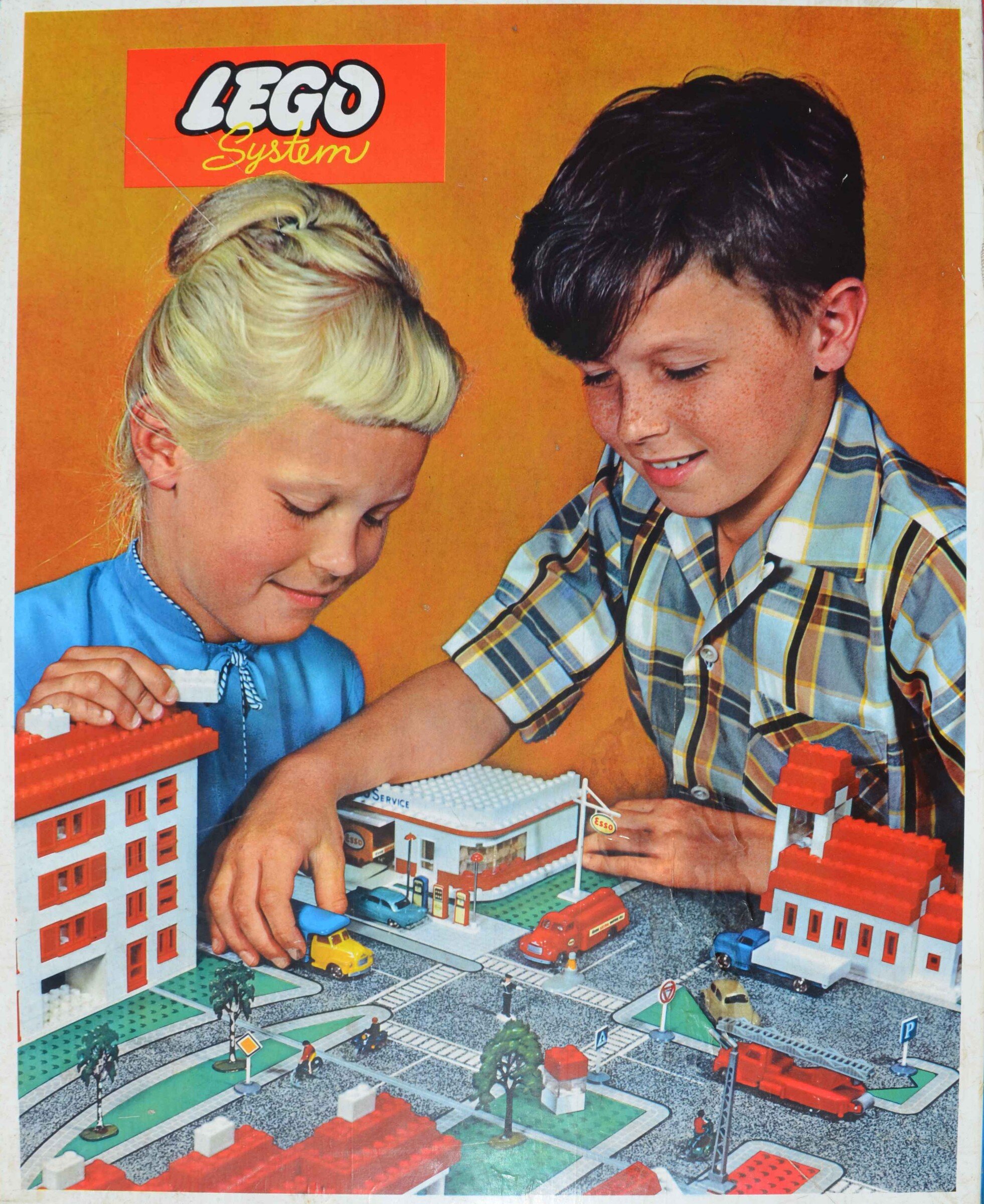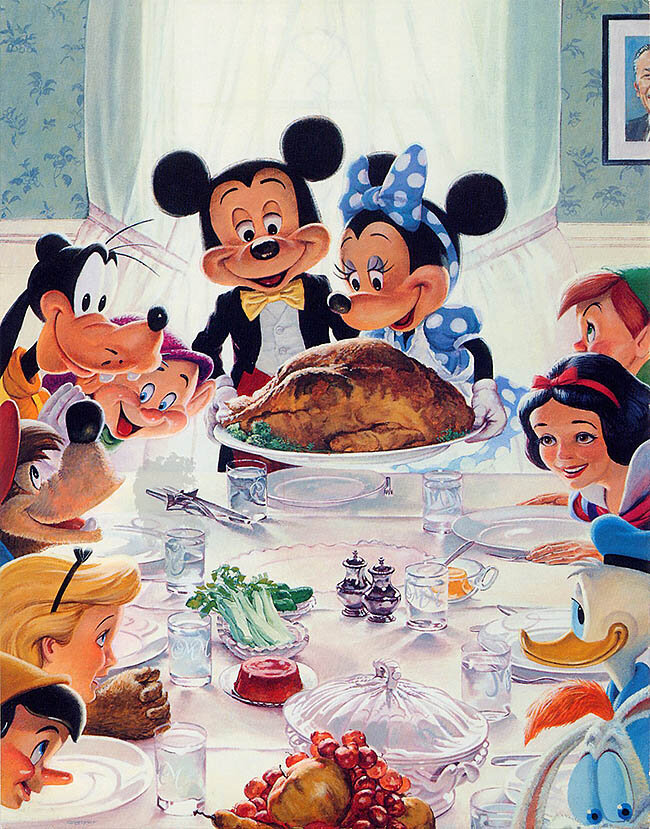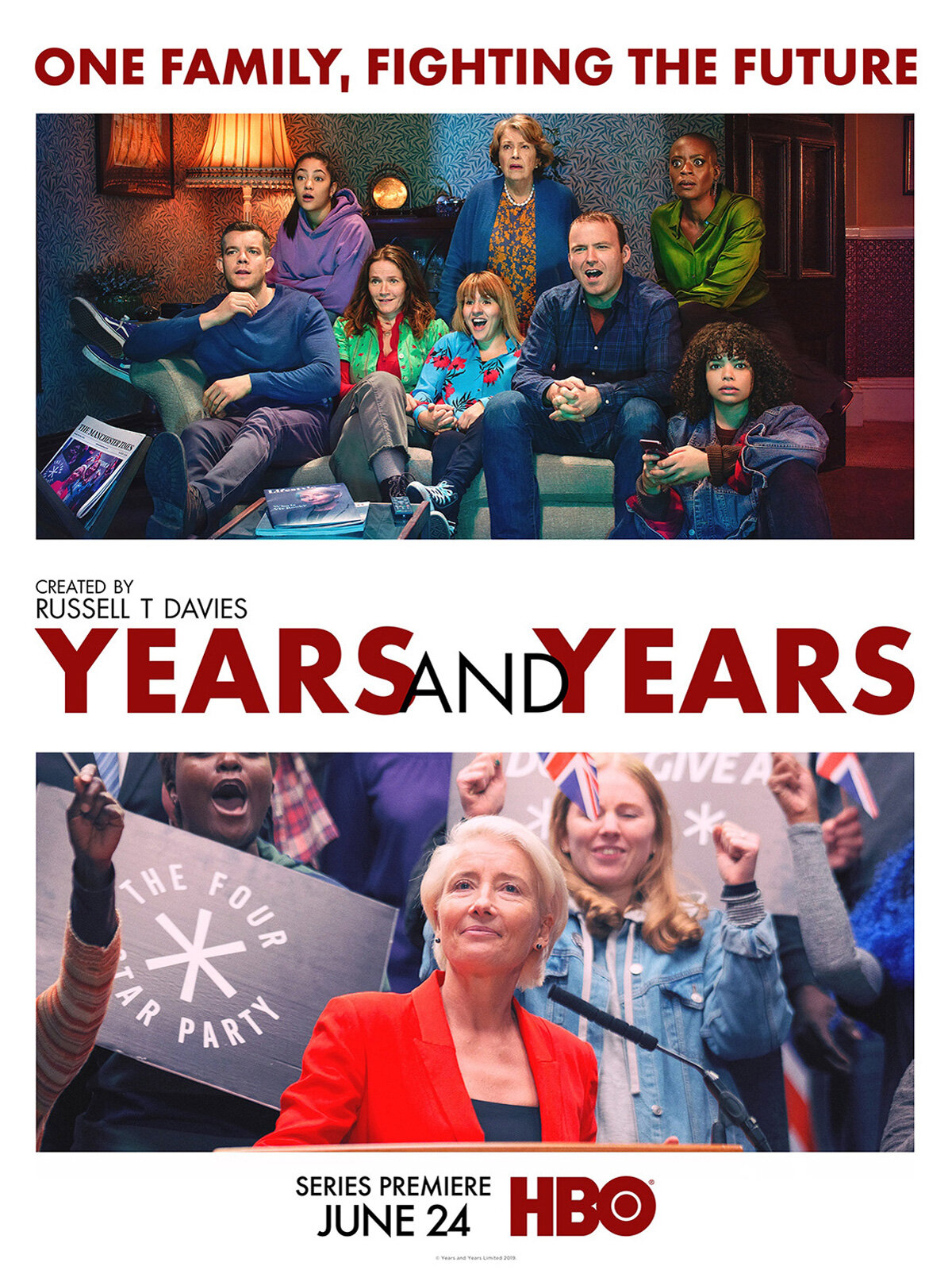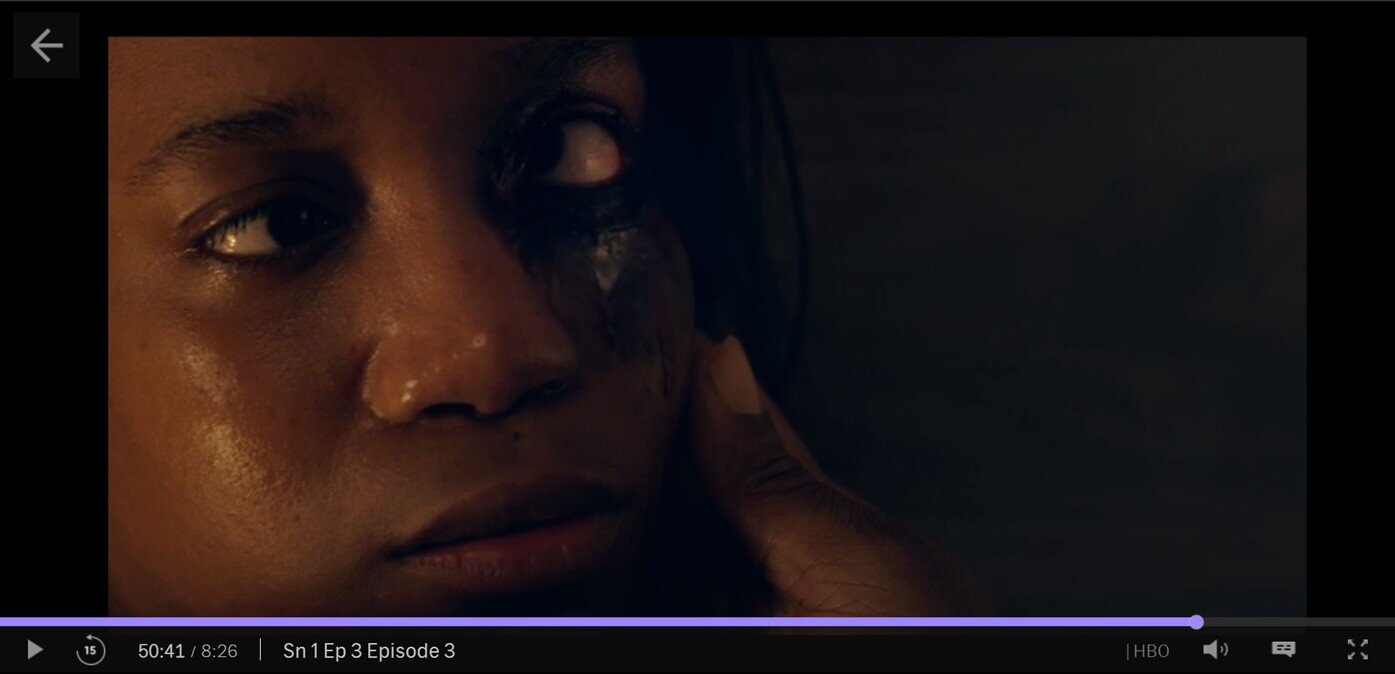“Welcome again to Chaos.” Educomunicación’s Challenges and Opportunities. (Part 3)
/“Welcome again to Chaos.” Educomunicación’s Challenges and Opportunities. (Part 3)
Edited by Julio-César Mateus, Ph.D. and Andres Lombana-Bermudez, Ph.D.
Continuing with the dialogue about Educomunicación, the media education movement and tradition from Latin America, in this entry we share another excerpt from the webinar “Post Pandemic Educomunicación. Learnings from Latin America 1” (May 25, 2021) and listen to the voices of Maria Teresa Quiroz (Peru), Silvia Bacher (Argentina), Amparo Marroquín (El Salvador) and Eduardo Gutierrez (Colombia). We start listening to their answers to the following question:
What are the most pressing challenges and opportunities that Educomunicacion confronts as countries, cities, and communities adapt to the new normality of the pandemic and post pandemic?
Silvia:
We face several challenges. To begin with, it is undeniable that connectivity is the new face of inequality. Latin America was already a continent of inequalities, but the pandemic has enhanced them even more.
I cannot avoid mentioning that there is a gender bias: women support the household, their children, and sometimes they have also had to replicate the pedagogical content that schools used to supply in a traditional way. It is a time of crisis, but it is also urgent to account for these aspects. My fear is that we do not take the time to be critical and end up replicating pre-pandemic cultural patterns to the post-pandemic world.
This crisis is an opportunity to transform culture, to look at technology and the links between people with different eyes. New ideas allow us to build different paths in education and communication, otherwise this will again be a wasted opportunity. We do not know what will happen and we are building it as we go along, but we have to start at some point.
Maria Teresa:
Economic and social gaps have widened as poverty, inequality and vulnerability have spread. The great challenge is to address our diversity. The history of education and communication is different depending on the country, but the only common thing is this urgency to assume social heterogeneity, to bring the voice of all to public policies.
A great Peruvian educator, Juan Cadillo, is optimistic and thinks that in this period has significantly increased the mastery of teachers on digital tools. They are developing very creative proposals to address their precarious situation. Of course, as far as the media industry and large technology corporations are concerned, as well as other public and private institutions, a lot of support is required for these initiatives to grow.
It is true that several institutions have prepared learning strategies, as well as all kinds of materials, but their success depends on developing and designing them with teachers. It is not a process that can be done from above. A constant dialogue must be maintained with the teachers who are on the front line, who know the children, their interests and talents.
Eduardo Gutiérrez:
It is something that my work has taught me to notice. For years I have been in direct contact with teachers, I am close to them in many places and I gather their experiences. This seems important to me because, historically, the work of teachers has been made invisible. The school, as a space where knowledge is produced, is very little valued. This invisibility must be addressed from below: how do we teachers face this situation and build possibilities? These are some of the current challenges of educommunication.
A curious thing has happened with the pandemic. Many teachers have had time to meet, talk and compare experiences. The network in which I work, Chisua, has an international seminar on knowledge networks, school and discipline, and every week we have meetings and presentations of teachers from Chile, Argentina, El Salvador, Colombia, etc. “Chisua” is a Muisca word that means 'knapsack' (mochila in Spanish), it is a good metaphor for what we do: we weave knowledge, we carry and share our content with others, motivating them and recognizing the teacher as a mobilizer of citizenship. It is an emerging network of collective actions.
This collective took advantage of the production of content for a series called Viajemos por Colombia desde casa (Let's travel through Colombia from home). There we have managed to include themes of interculturality, diversity, territory, rurality, etc. Several dimensions that are not traditionally addressed in pedagogy.
Amparo:
From Guatemala, El Salvador, Honduras and Nicaragua, in Central America in fact, educommunicacion has developed with several particularities. On the one hand, due to the war and social conflicts of the 1990s, liberation theology has had a considerable influence on how we think about education and its emancipatory role for children and youth. At the same time, another particularity has been the migratory phenomena in the region, which have reached international media long time ago, are accelerating the process of appropriation of technologies. This was happening even before the pandemic, and I see it as something very specific to the region in contrast to the rest of Latin America.
During the pandemic we did several exploratory works with different groups of teachers. In one of them we asked people what was their predominant feeling during this crisis. Almost all of them said they felt anguished, fragile in the face of everything that was happening around them. And it is doubly hard because, commonly, the networks and technology of the algorithmic culture give us a sense of control over the apparatus. From this secure position, suddenly, comes COVID-19. The main thing in this scenario is to know how to deal with so much uncertainty. The educommunicacion projects are much clearer about that. Communication and education, I believe, raise the question of how we want to live together and build a society that can cope with the levels of anxiety.
How can educomunicación, as a media education and media literacies approach, mediate the social, economic, and political crisis that are unfolding in several Latin American countries?
Silvia:
I would rather say those are the new challenges of educommunicacion. When Martín-Babero was in Buenos Aires he gave a presentation called "Welcome back to chaos". Note: he said 'again', and he saw chaos as an opportunity. He said that the school must face multiple dilemmas, and that if society does not invent new forms of integration for children, they will be left out of it as citizens and will only exist as consumers. Chaos produces fear, but it is also a notorious opportunity. The problem, I believe, is that our vision is of the 20th century, but the problems are of the 21st century. We continue to ignore the voices of the youngest, we forget that democracy must go hand in hand with informed control of the media. We must put technology at the service of human beings, defend freedom of participation and dialogue through the media. Without that the dream of democracy is diluted. This is not new: Freire said it back in 1993, and there is still much to be done.
Eduardo:
It is precisely in these cracks and fractures caused by chaos that there are many opportunities to think. In the Colombian case, schools are raising questions about water, memory and territory. From these school spaces we can understand the living pluralities that exist among us. When I see young people protesting I ask myself what happened in their school that led them to decide to march for a different country, how was their civic education. School is a very important place to think about these questions, as long as we do not talk about what the school is but about what it could be: new futures, new ideas.
Amparo:
It is evident that we are societies with very absent states. Faced with this, the processes of educommunicacion are fundamental from a local dimension: what kind of schools build a citizenship without roots, where the main dream of young people is to go elsewhere? This is where we have challenges and questions. As Freire said, we are still very silenced cultures. Our teachers, I think, are still very afraid to create content in social networks, even if it is beneficial for their class. The fear of creating one's own things should gradually disappear.
Webinar Panelists
Maria Teresa Quiroz holds a PhD in Sociology. She is director of the Scientific Research Institute of the University of Lima (IDIC) and vice-president of the National Institute of Radio and TV of Peru (IRTP). She is also past-president of the Latin American Federation of Social Communication Schools (FELAFACS) and former dean of the School of Communication at the University of Lima. She has studied the relationship between children and young people and the media. Among other books, she has published Todas las voces: comunicación y educación en el Perú, Jóvenes e internet: entre el pensar y el sentir and La edad de la pantalla.
Silvia Bacher holds a Master 's degree in Communication and Culture (Universidad de Buenos Aires). She is a journalist specialized in culture and education, awarded first prize by the University of Buenos Aires for education reporting. She is the founder and director of the NGO Las Otras Voces, Comunicación para la democracia. awarded by UNESCO Media and Information Literacy Alliance Award. Bacher has published Navigate among cultures. Education. Communication and Digital Citizenship (2016), and Tattooed by the Media: Dilemmas in Education in the Digital Era (2009). She is a member of the National Advisory Board at the Audiovisual Communications in Childhood (CONACAI). She coordinates in Argentina ALFAMED an Euro-American inter-university research network on media literacy for citizenship. https://silviabacher.com.ar/
Eduardo Gutierrez is a professor at the Communication Department of the Pontificia Universidad Javeriana of Bogotá, where is a member of the research groups Communication, Media and Culture, and Young Cultures and Powers. He is a participant of the Political Communication and Citizenship Group of CLACSO. He is also a doctoral student in Education at DIE-UD of the Pedagogical, Distrital and Valle Universities, and holds a Master’s Degree in Communication from the Pontificia Universidad Javeriana. Gutierrez is a member of the Editorial Committee of the journal Palabra Clave (Colombia), of the editorial team of Chasqui (Ecuador) and of the external editorial board of Comunicación Social (Bolivia).
Amparo Marroquín, Ph.D., is a professor and researcher at the University of Central America (UCA) of El Salvador since 1997. Her work has focussed on cultural studies, reception studies and communication in Central America. She is also Visiting Professor at UCA Nicaragua; the Faculty of Social Sciences (FLACSO) in Quito, Ecuador; the National Universities of La Plata, Córdoba, Jujuy and Salta in Argentina; and the University of La Frontera in Chile, among others. She is part of the coordinating team of the research group on Political Communication and Citizenship for CLACSO and researcher of the International Center for Studies on Epistemologies Borders and the Political Economy of Culture in Temuco, Chile.








